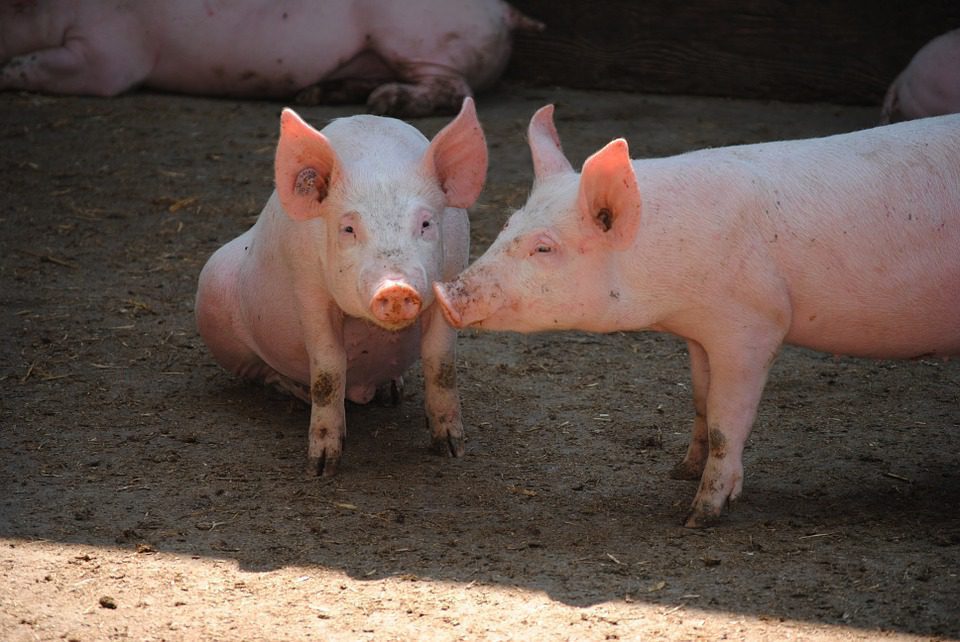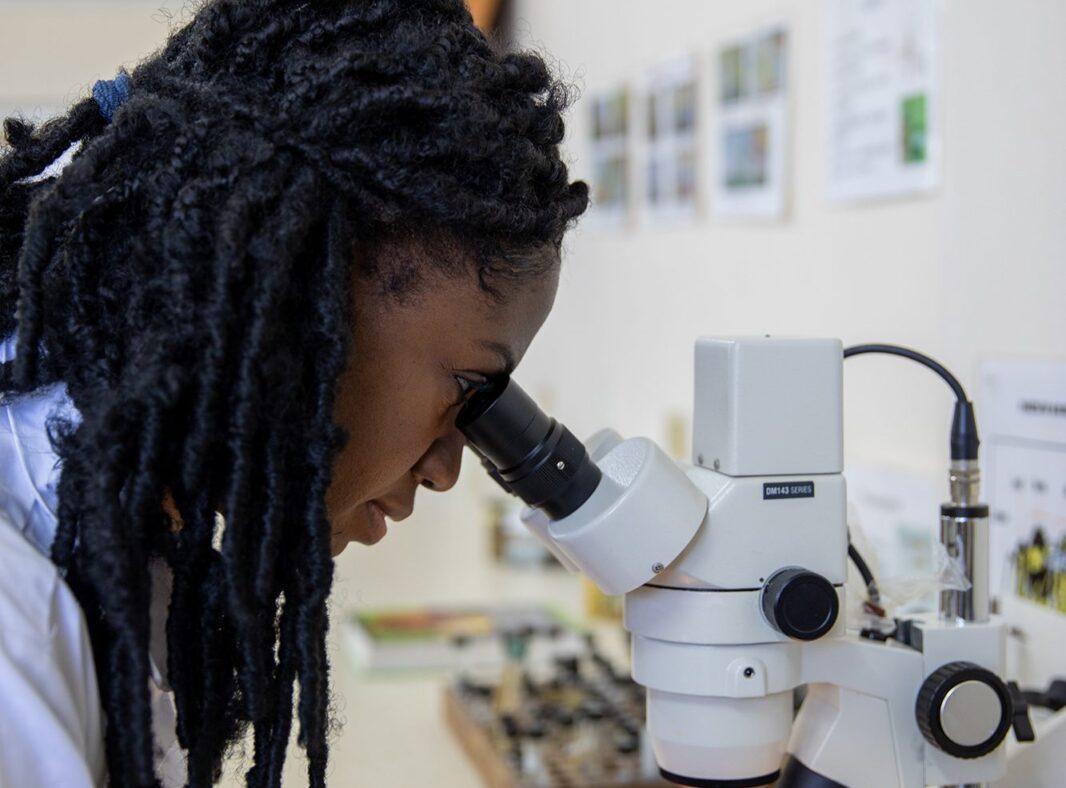STAR IDAZ Approach
Porcine reproductive and respiratory syndrome (PRRS) is a viral disease characterized by two clinical presentations: reproductive impairment or failure in breeding animals, and respiratory disease in pigs of any age. PRRS is caused by a virus classified as a member of the genus genus Arterivirus. The disease is a significant problem and the virus is present in most pig producing countries in the world.
A vaccine exists and is effective. Commercial vaccines, both modified live and killed, have been used and they have been effective in controlling outbreaks and preventing economic losses. STAR IDAZ keeps ahead of the latest advancements in the PRRS field in readiness for future working group activity.
Working group
PRRS Working Group
In 2013 an expert group was formed on PRRS and conducted a research gap analysis. At this time STAR IDAZ collaborated with NAPRRS. No formal Working Group (WG) has since been established.
Key People
TBD,
TBD Global
Reports
Reports and outcomes from meetings and workshops
Research roadmaps
Gap analysis summary
Under the STAR-IDAZ project, an expert group was formed on PRRS and, in 2013, this group conducted the first research gap analysis. No formal Working Group (WG) has since been established. SIRCAH drafted a research roadmap for PRRS vaccines and organised a meeting with the above-mentioned experts alongside of the 2018 Conference of Research Workers in Animal Disease (CRWAD) to validate it. The experts validated the roadmap, that is published on the STAR-IDAZ IRC website.
Projects
Displaying 4 of 31 projects
VIEW ALL PROJECTSImmune responses induced by inactivated Porcine Reproductive and Respiratory Syndrome Virus (PRRSV) vaccine in neonate pigs using different adjuvants
Planned Completion date 01/02/2021
![]() Netherlands
Netherlands
Modified live vaccine strains of porcine reproductive and respiratory syndrome virus cause immune system dysregulation similar to wild strains.
Planned Completion date 12/01/2024
![]() Netherlands
Netherlands
Corrigendum: Animal-based factors prior to infection predict histological disease outcome in porcine reproductive and respiratory syndrome virus- and Actinobacillus pleuropneumoniae-infected pigs
Planned Completion date 13/02/2024
![]() Netherlands
Netherlands
Additional file 1 of Analysis of ORF5 sequences of Porcine Reproductive and Respiratory Syndrome virus (PRRSV) circulating within swine farms in Costa Rica
Planned Completion date 01/01/2021
![]() Netherlands
Netherlands



